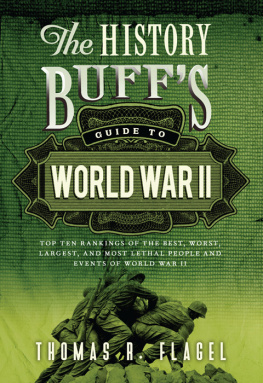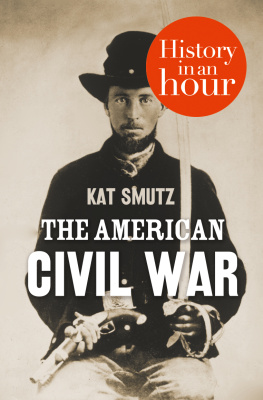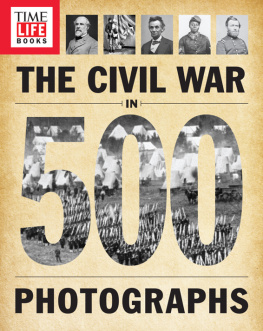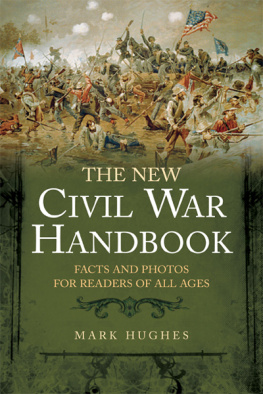Copyright 2003, 2010 by Thomas R. Flagel
Cover and internal design 2010 by Sourcebooks, Inc.
Cover design by The Book Designers
Cover images Tupungato/Shutterstock.com; Jason L. Price/Shutterstock.com
Sourcebooks and the colophon are registered trademarks of Sourcebooks, Inc.
All rights reserved. No part of this book may be reproduced in any form or by any electronic or mechanical means including information storage and retrieval systemsexcept in the case of brief quotations embodied in critical articles or reviewswithout permission in writing from its publisher, Sourcebooks, Inc.
This publication is designed to provide accurate and authoritative information in regard to the subject matter covered. It is sold with the understanding that the publisher is not engaged in rendering legal, accounting, or other professional service. If legal advice or other expert assistance is required, the services of a competent professional person should be sought.From a Declaration of Principles Jointly Adopted by a Committee of the American Bar Association and a Committee of Publishers and Associations
All brand names and product names used in this book are trademarks, registered trademarks, or trade names of their respective holders. Sourcebooks, Inc., is not associated with any product or vendor in this book.
Published by Cumberland House, an imprint of Sourcebooks, Inc.
P.O. Box 4410, Naperville, Illinois 60567-4410
(630) 961-3900
Fax: (630) 961-2168
www.sourcebooks.com
Flagel, Thomas R.
History buffs guide to the Civil War : top ten rankings of the best, worst, largest, and most leathal people and events of the Civil War / by Thomas R. Flagel. 2nd ed.
p. cm.
Includes bibliographical references and index.
1. United StatesHistoryCivil War, 1861-1865. 2. United StatesHistoryCivil War, 1861-1865Miscellanea. I. Title.
E468.F57 2010
973.7dc22
2010025641
Printed and bound in the United States of America.
VP 10 9 8 7 6 5 4 3 2 1
For Mom, Dad, and Theresa
Also by Thomas R. Flagel
The History Buffs Guide to World War II
The History Buffs Guide to Gettysburg (with Ken Allers, Jr.)
The History Buffs Guide to the Presidents
CONTENTS

INTRODUCTION TO
THE SECOND EDITION

History never remains silent or still. At times it speaks in soft whispers, and others it shouts with deafening resonation. Living as we do in an era preoccupied with the present, we often cannot or will not hear our old companion talking to us. But it will always be there, in lockstep, attempting to teach.
History echoes still with the cataclysm of the American Civil War, despite its last battles having ended nearly 150 years ago. In 2004, some 40,000 people were in attendance to see Charlestons Magnolia Cemetery became the final resting place for the crew of the recently discovered CSS Hunley. In 2008, the body of a Union soldier was discovered at Antietam. The following year, his remains were laid to rest in his regimental home of New York State. In 2009, on what used to be the open fields of the old battleground at Franklin, a construction crew building a fast food restaurant unearthed the bones of an unknown soldier. I recently had the honor and privilege of helping organize the funeral and re-internment of that young man.
Among these newly found fallen rises a willingness among the living to hear the words of history. And in terms of the Civil War, our future certainly seems promising.
In just the last few years, there have been new centers and museums built at Corinth, Kennesaw Mountain, Nashville, and elsewhere, with more on the way. The modern Abraham Lincoln Presidential Library and Museum at Springfield has turned a commendable site of historic interest into a world class hub of tourism and research. The ever-accelerating digital age has made countless pages of antebellum and wartime documentation, once confined to dusty archives and private collections, available to the world at the click of a button. From the privately owned Lotz House Museum in Franklin, to the new $100 million Visitors Center at Gettysburg, the past is resounding at every octave.
It is through this great expansion of interest and information that it has come time to offer a new edition to a book written years ago. Through my good fortune, The History Buffs Guide to the Civil War has done well. Having spawned a series with a growing number of volumes, it has enabled me to continue writing, sharing, and learning. And through this process, there are updates to be made, subjects to be added (most notably, Songs of the War and the Largest Cemeteries), and conclusions to be revisitedbecause history refuses to remain silent or still.
Thomas R. Flagel
Franklin, Tennessee
February 1, 2010
PROLOGUE

While composing this work, I had the pleasure of visiting numerous museums, archives, libraries, and battle sites. Amid them all, one stop stands out in my memory. At a battlefield park, while walking toward a row of cannon, I happened upon a family taking in the surroundings. Their young son, not more than ten years of age, scanned the particulars of the engagement from a bronze plaque. After reading a calculation of dead and wounded, the youth said out loud to himself, Well, at least we got as many of them as they got of us.
Of all unions, one is indissoluble: the bond between present and past. We hold this truth to be self-evident in the case of the United States and its Civil War. More has been written about this conflict than any other event in the countrys history. Debates continue over battlefield preservation and reparations to descendants of slaves. In the national capital, the Lincoln Memorial receives ten times the number of visitors than either the Jefferson Memorial or the Washington Monument. Albeit with malice toward none, a small boy can read of Americans fighting Americans and mentally picture it as us versus them. Like the CSS Hunley and the turret of the USS Monitor, the war resurfaces and resides everlasting within the public culture.
Concerning my own connections, my great-great-great grandfather, Andrew Jackson Cook, served as a private during William Tecumseh Shermans legendary March to the Sea. A distant uncle of mine died at the head of his regiment at the 1862 battle of Corinth, Mississippi. When my great uncle was a boy, he knew a handful of aged veterans, one of whom spoke infrequently and unhappily about his experiences in the infantry, and those stories were passed on to me.
Personally, I focused my early academic attentions on the history of modern Europe, primarily diplomatic and ethnic relations. Over the years, however, I began to delve deeper into the specter of the War Between the States. Along with my increasing involvement, I was struck by the sincere desire from pupils and the general public to learn more about the subject. In spite of their curiosity, many communicated a frustration with the sheer volume of available material. Indeed, there are more than fifty thousand texts on the war alone, plus countless articles and dissertations.
I could at least advise not to begin with the popular treatment of the topic. In novels, films, and prevailing assumptions, the Civil War is often portrayed as a nationwide demonstration of unmatchable courage and honor, where all involved were ultimately victorious. Although noble, such sentiments hinder perspective. Field generals become faultless icons. Battles take on reputations far beyond their actual effect. From statesmen to widows, everyday people seem capable of nothing but grandiose acts of pure valor.
Next page







![Fawcett - How to lose the Civil War : [military mistakes of the War between the States]](/uploads/posts/book/92687/thumbs/fawcett-how-to-lose-the-civil-war-military.jpg)

